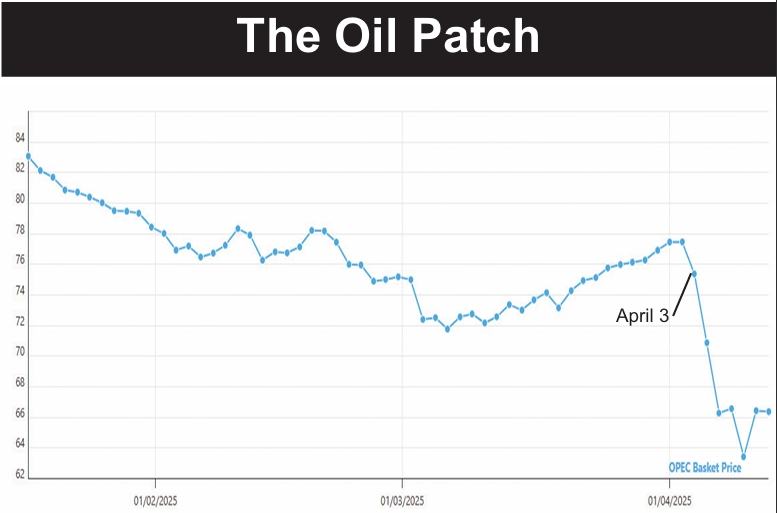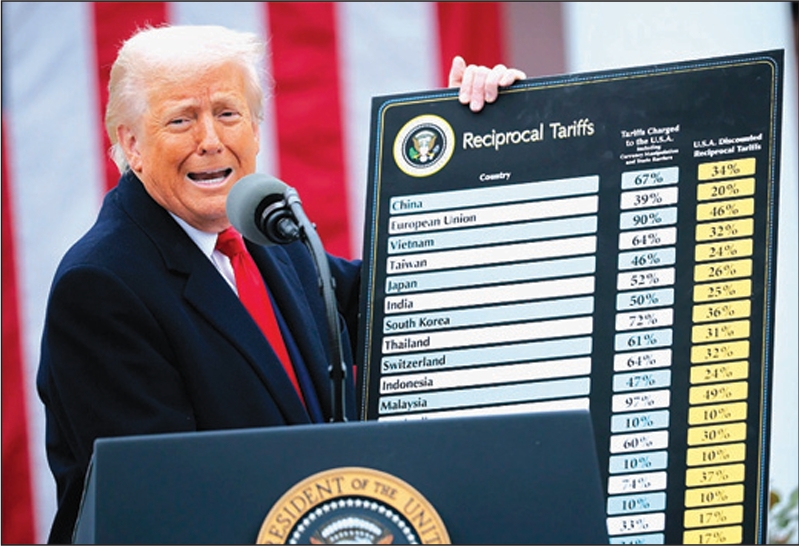It is the first time the US Navy has deployed two carriers to the region since the invasion of Iraq in 2003.
Navy officers said the decision was taken in December when the United States withdrew its last forces from Iraq. In other words, the decision to double up on carrier airpower was not a result of the threats this month from Iran to close the Strait of Hormuz if its oil  exports are stopped.
exports are stopped.
During the Cold War, the United States occasionally sent a single carrier into the Indian Ocean and Persian Gulf, but the carrier presence was not routine. After the collapse of the Soviet Union in 1991, the US Navy deployed one carrier to the region at all times, with larger numbers there only on occasion, as in 1991 and 2003 for the two US wars against Iraq.
Each carrier normally serves a six-month deployment in the region and then is succeeded by another carrier. Some in the media, especially in the British press, have learned of a replacement carrier arriving and run stories alleging the United States had two carriers off Iran preparing for an attack.
But the two-carrier presence was always just for a few days before the carrier finishing its assignment headed home.
As of last week, there were actually three US carriers off Iran. The USS John C. Stennis, which was inside the Persian Gulf last month, was finishing up its tour and is probably on its way home this week. The USS Carl Vinson arrived in the Arabian Sea last Monday to replace the Stennis. And the USS Abraham Lincoln concluded a port visit to Thailand last Tuesday and sailed off to the Arabian Sea where it has now joined the Vinson.
It isn’t known how long the Lincoln and Vinson will remain on duty station in the region. It does not appear that the US Navy has yet made a decision on how long to continue doubling up of carriers.
Curiously, this real doubling of carriers has not prompted any of the journalistic war scares in London that the previous replacement overlaps often prompted.
There was no suggestion that the two carriers represented any preparation for war against Iran. Rather, officials said the Pentagon decided to deploy the second carrier as a precaution and to have more military power in the region now that all forces have been withdrawn from Iraq. Even with the second carrier in the area, the US regional military punch is probably still less than it was before the withdrawal from Iraq.
The carriers are only part of the US military presence. The US Army now has 15,000 troops deployed in Kuwait, including two infantry brigades. There have been US troops in Kuwait ever since 1991 when the Iraqi Army was expelled from Iraq. But for the past decade, the US forces in Kuwait have been rear echelon forces supporting the combat forces in Iraq. Now the Kuwait presence is geared to combat.
There are also major Air Force combat units based in Qatar, where they have been for many years. And there are scattered smaller units elsewhere in the region, not to mention the 100,000 US forces in Afghanistan.
The US military has stopped giving monthly updates of the numbers of forces in each country, so the total US military presence in the region is unknown. It is probably on the order of 160,000.
The Islamic Republic has always focused on how many foreign troops are on its doorstep. But that is a rather old-fashioned concept. The US military has focused on rapid deployment for many years. It moved more than half a million men to the Persian Gulf region over just several weeks in the fall of 1990, preparatory to expelling Iraqi forces from Kuwait. And it has since laid out plans to get more men there faster in the future.
The Air Force doesn’t even bother to deploy its big bombers in the region. It bombed Baghdad in 2003 with planes that flew from Whitman Air Force Base in Missouri and back again without every landing anywhere in between.
The Navy is very secretive about its submarine deployments. But it is assumed that a number of submarines armed with Tomahawk cruise missiles are always somewhere under the Indian Ocean.






















